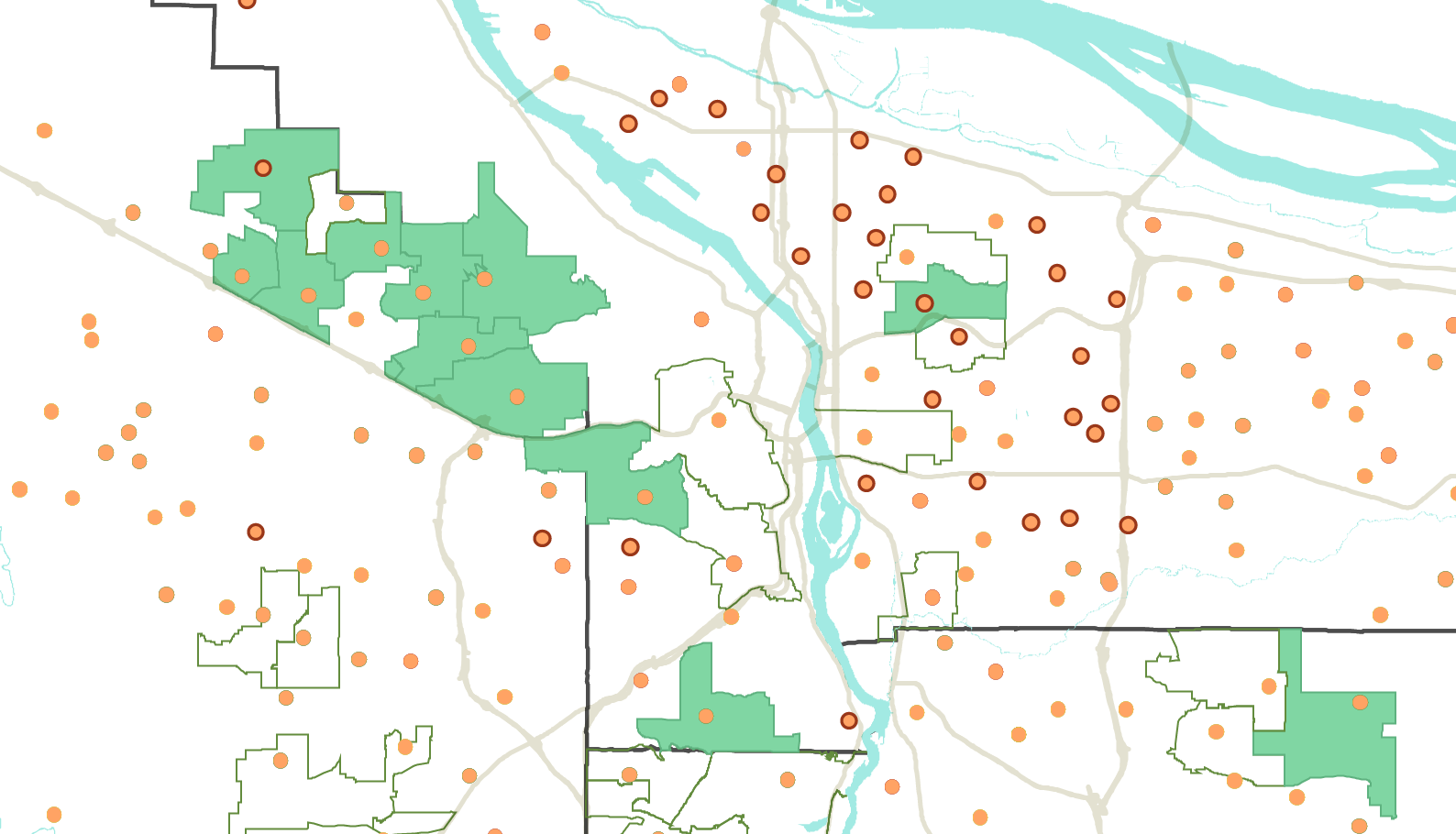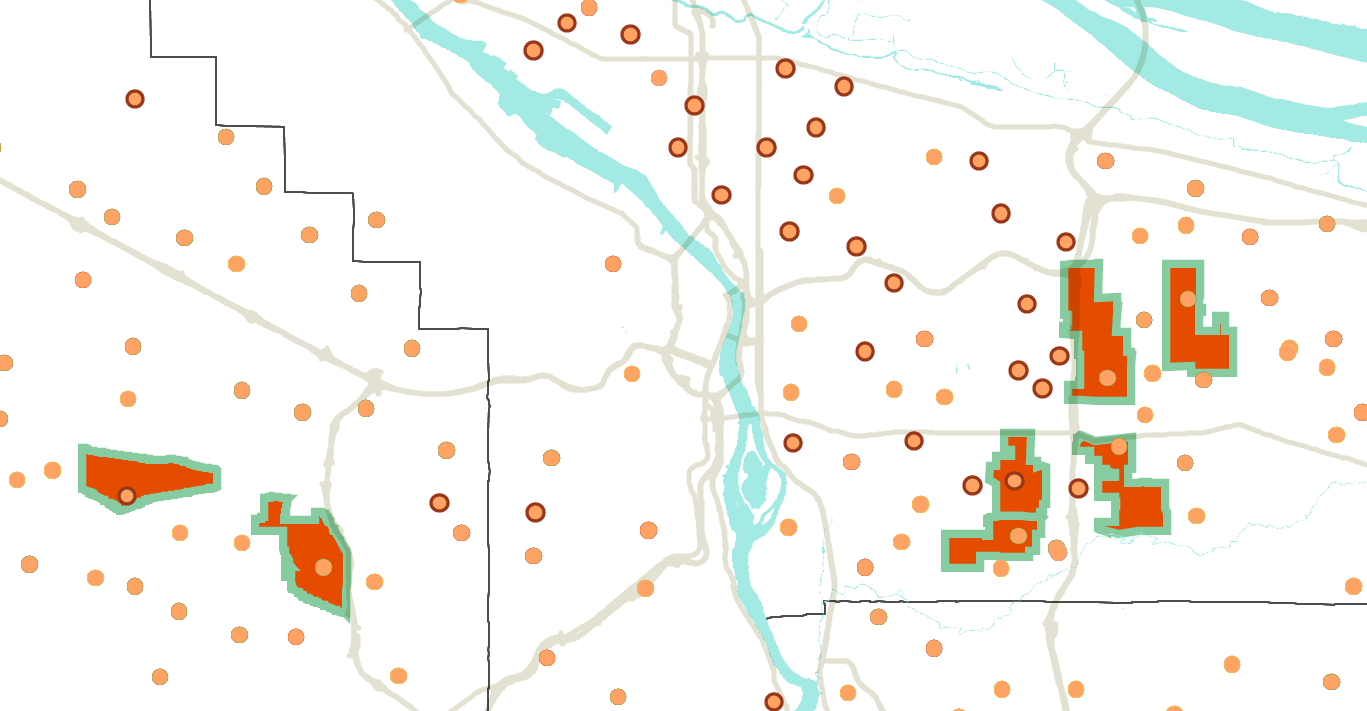WHY A PERFORMANCE PLUS TOOL
Education is a topic that most of us have an opinion about. Whether we come from a family of educators, work with young people, volunteer at a non-profit or even have no clue what K-High school curricula looks like, we hear the word and form an opinion.
Delving into the data, we discovered that not only was there an abundance of sources, but also aspects to the statistics and numbers associated with education in Oregon that was unacceptable.
Before analyzing the data points, we assumed that there would be correlations in socio-economic makeup of the schools, teacher experience, test scores and racial demographics. Below are a few of the assumptions we made.
ASSUMPTIONS:
Schools with predominately Caucasian students will be wealthier
Wealthier schools will have higher test scores
Poorer performing schools will be in neighborhoods that are considered “low income”
Schools in gentrified neighborhoods will have noticeable changes in the school makeup over time
There would be a lack of special education data points
Performance metrics would be readily available and easy to understand
During the analysis, we realized that there were some discrepancies due to “unknowns.” For instance, in some of the data sets, there were gaps in years, changing metrics and measurement scales, sometimes socio-economic grouping was used in the same way that racial and ethnic demographic categorizations were. Needless to say, the data sets were large, convoluted and a maze to navigate.

UNKNOWNS:
What was the racial breakdown of the “low income students”
Was teacher experience measured/where was the data
How is funding allocated and how does that change by district/area/county
Our personal experiences trying to decipher rows and rows of Excel columns helped shape the way in which we decided to build the Performance Plus tool. Furthermore, it made us aware of the hardships that anyone who engages with the data might face. Regardless of if you’re a concerned citizen, proactive parent or elected public official, knowing what’s going on in Oregon schools shouldn’t be a chore, nor akin to completing a Rubik’s Cube.
SURPRISES:
High performing schools with over 75% of the students on free and reduced lunch
Why were we surprised? Well, that depends on the data set we’re talking about. A pretty common feeling in the group was that the data had to be inspected at both a macro and micro level. Once we identified schools that were contradictory to our assumptions, we had to drill down and see what the other metrics were and how that institution was doing in comparison to “like schools.” It encouraged us to “keep digging.”
We became comfortable with idea that the data might not tell the entire story, but could push us into the right direction.

USES:
The Performance Plus tool is public-facing and makes education data accessible. While tools do exist for exploring the statistics associated with a specific school, no tool is readily available that would allow for school comparisons. We believe that if families and communities have better access to school data, one possible outcome is that lower performing schools will become more accountable if parents are choosing to place their children in the higher performing schools.